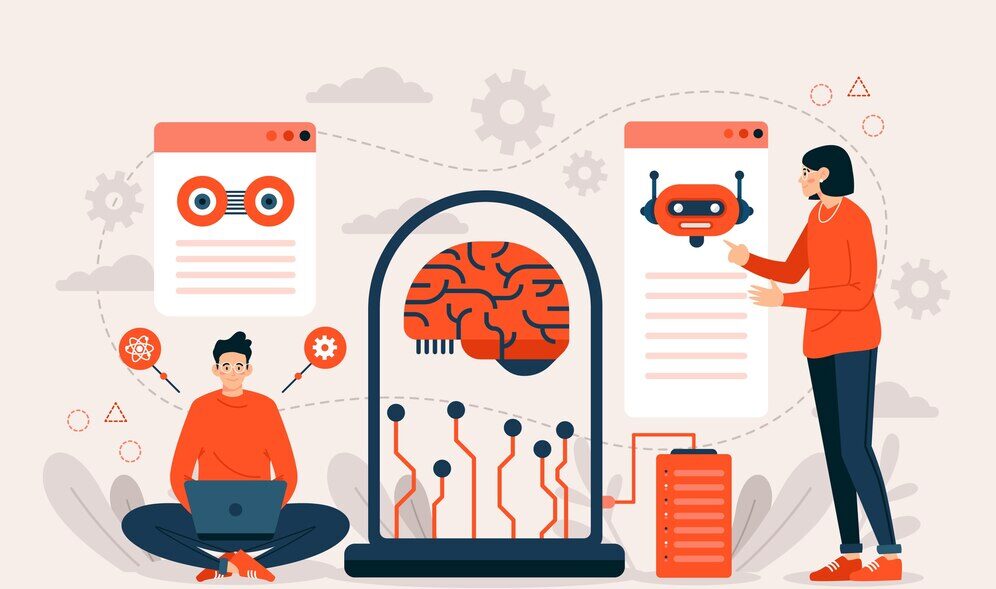Juggling work deadlines, personal commitments, and the ever-growing list of things we want to do can leave us feeling perpetually behind. What if there was a way to reclaim some of those lost hours, not by working harder, but by working smarter? Enter the realm of artificial intelligence. AI is no longer a futuristic fantasy; it’s a present-day reality offering powerful assistance in various aspects of our lives. And the best part? Many of these incredible tools are available for free, ready to become our tireless allies in the quest for a more efficient week. This article will guide you through 10 such free AI tools, spanning categories from writing and image editing to productivity and organization, demonstrating how they can help you unlock valuable hours and navigate the modern world with greater ease.
To give you a quick glimpse into the time-saving potential, here’s a summary of the 10 free AI tools we’ll be exploring:
| Tool Name | Primary Function | Key Time-Saving Benefit |
|---|---|---|
| Rytr | AI Writing Assistant | Faster drafting of short-form content |
| Grammarly | Grammar & Writing Improvement | Automatic proofreading and error correction |
| HyperWrite | AI Writing & Research Assistant | Streamlined email responses and research |
| Pixlr | Free Online Photo Editor | One-click background and object removal |
| Microsoft Designer | AI Image Generator & Editor | Quick creation of visuals for various needs |
| Kapwing | Free Online Video Editor | Automated subtitling and silence removal |
| Trello | Visual Task Management | Efficient organization of tasks and projects |
| Notion | All-in-One Workspace with AI | Centralized organization and information management |
| Taskade | AI-Powered Project Management | Automated task breakdown and AI assistance |
| Google Gemini | AI Chatbot and Information Tool | Quick access to information and research |
- Free AI Tools for Writing That Save Time
- Picture Perfect (and Video Viable): Free AI for Visual Content Creation
- Free AI Tools for Productivity and Task Management
- How These Free Tools Tap into Emerging AI Trends
- Real-World Experiences and When AI Doesn't Always Deliver
- Making the Most of Your AI Assistants: Tips and Tricks for Effective Use
- Embrace the Power of Free AI and Reclaim Your Time
Free AI Tools for Writing That Save Time
Banishing the Blank Page: AI Writing Assistants to the Rescue
The blinking cursor on a blank page can feel like a daunting obstacle, especially when time is of the essence. Writer’s block and the sheer effort of drafting content can consume significant portions of our week. Fortunately, a new generation of AI writing assistants is emerging to help us overcome these hurdles and generate text with remarkable speed and efficiency. Free plans offered by these tools provide a valuable starting point for anyone looking to streamline their writing process.

Rytr
Offers a free plan that provides users with the ability to generate up to 10,000 characters of AI-written content per month across more than 40 different use cases and in over 20 different tones. This can be incredibly useful for quickly drafting social media posts, blog outlines, email subject lines, and even product descriptions. Many users have praised Rytr for its user-friendly interface, making it easy even for beginners to get started with AI writing. The tool excels at creating summaries and outlines rapidly, which can save significant time in the initial stages of content creation. However, it’s worth noting that the character limit on the free plan might be restrictive for those with extensive writing needs, and some users have found it less effective for detailed, long-form content. The ease with which individuals can now access basic AI writing capabilities through platforms like Rytr demonstrates the growing trend of making AI tools available to a wider, non-technical audience. While Rytr can be a valuable aid in generating initial drafts and shorter pieces, crafting more complex and nuanced content often still requires human input and refinement.
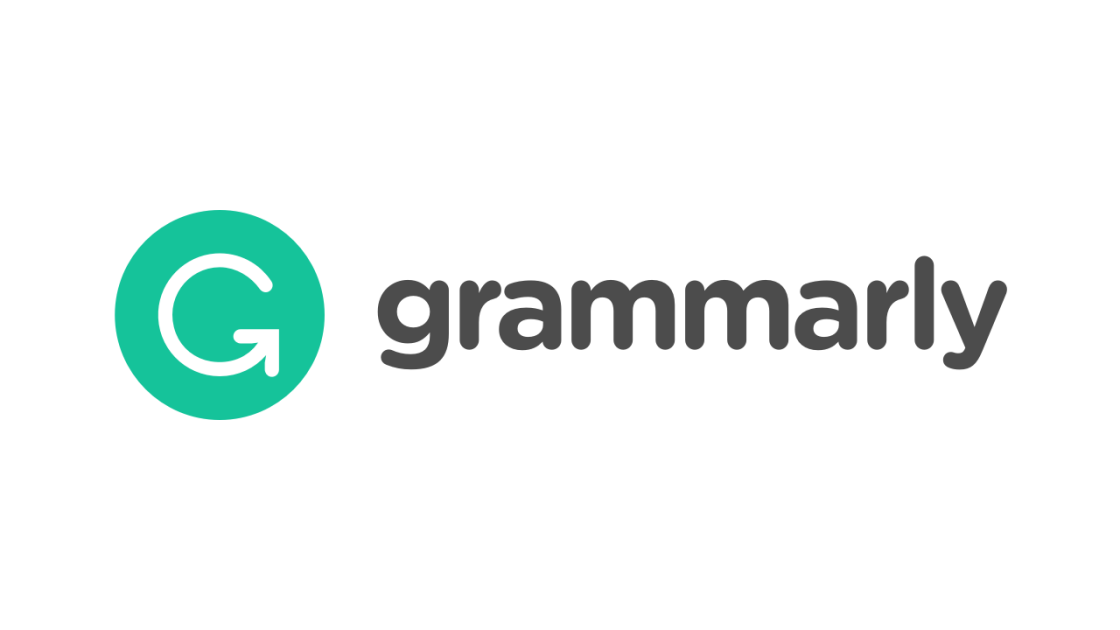
Grammarly
While primarily known for its grammar and spelling checks, also offers a free plan that includes tone detection and a limited number of AI writing prompts. Users consistently report that Grammarly is highly effective at improving writing quality and catching errors across various applications, from emails to documents. This automatic proofreading can save a considerable amount of time that would otherwise be spent on manual review. The free plan allows users to generate text using AI with a cap of 100 prompts, which can be helpful for brainstorming or drafting short pieces of content. Grammarly’s ability to help maintain a consistent brand voice is another valuable application, particularly for businesses. However, some users have noted that its AI content creation capabilities are not as advanced as those offered by dedicated AI writing tools. The continued emphasis on core grammar and spelling features, even with the integration of AI text generation, highlights the fundamental importance of these aspects of effective communication. While the AI prompt limit in the free version might be a constraint for heavy content creators, Grammarly’s strength lies in its ability to polish and refine existing writing, ensuring clarity and professionalism.
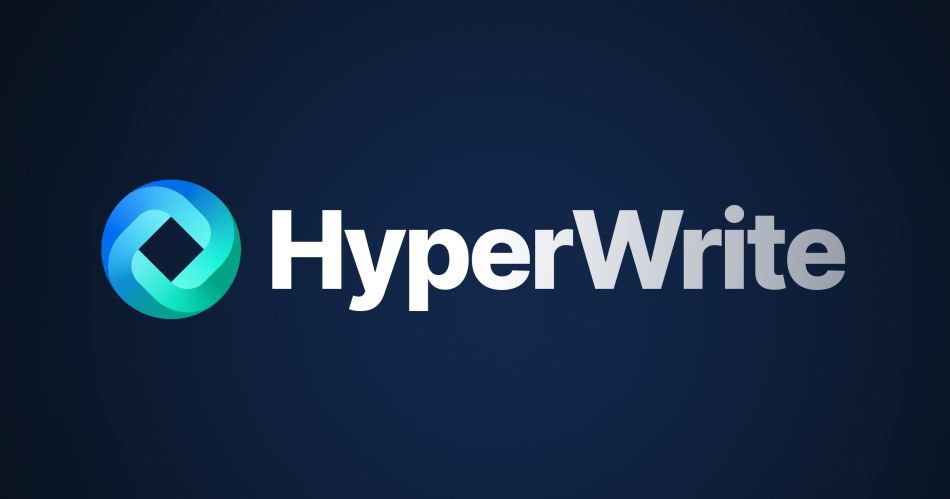
HyperWrite
Aims to be a comprehensive AI writing partner, offering features like sentence completion, automatic email responses, and research assistance. While specific details about its free plan are not readily available, the platform mentions limited monthly credits on its basic AI for free accounts. User testimonials suggest that HyperWrite can significantly increase productivity, particularly in tasks like responding to emails more efficiently. The tool’s focus on providing real-time research and context-aware sentence completions indicates a move towards more integrated and intelligent AI writing assistance. The credit-based system for the free plan is a common method for managing the usage of AI resources. The ability of tools like HyperWrite to streamline email communication addresses a common time-consuming activity in both personal and professional lives.
The increasing availability of free AI writing tools signifies a major shift in how we approach content creation and editing. These platforms offer entry-level access to powerful AI capabilities, allowing individuals to experience the benefits of this technology without initial financial investment. However, the limitations often imposed on free tiers, such as character counts or usage credits, suggest that users with more demanding writing needs will likely find it necessary to explore paid upgrades to unlock the full potential and remove restrictions. It’s also important to remember that while AI can be a powerful assistant, relying solely on these tools without careful human review can sometimes lead to generic or inaccurate content. Therefore, a balanced approach, where AI assists with drafting and editing but human oversight ensures quality and originality, is crucial.
Picture Perfect (and Video Viable): Free AI for Visual Content Creation
From Blurry to Brilliant: AI Image and Video Editing Without the Price Tag
Traditional image and video editing can be time-intensive processes, often requiring specialized skills and expensive software. However, the emergence of free AI-powered tools is democratizing visual content creation, making it accessible to individuals without extensive design experience or significant financial outlay.
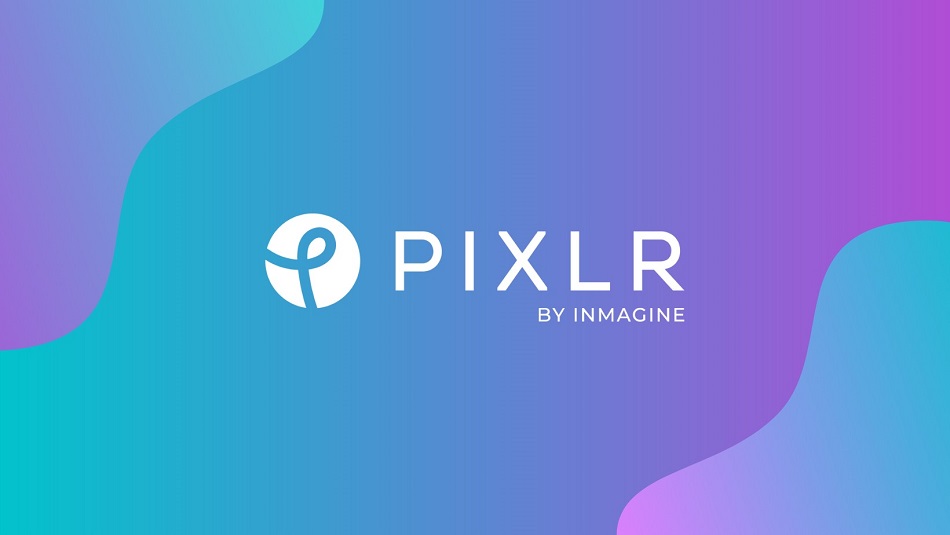
Pixlr
stands out as a robust free online photo editor that incorporates a range of AI-powered features. Users can leverage AI tools for tasks such as removing backgrounds with a single click, erasing unwanted objects from images, and even using generative fill to seamlessly add or replace elements within a photo. Reviews consistently praise Pixlr for its ease of use and comprehensive set of features, making it suitable for both beginners and those needing quick edits. The platform serves as an accessible alternative to more complex and costly software like Adobe Photoshop for users with basic to intermediate image editing requirements. While the free version does contain advertisements, which some users might find distracting, it provides a powerful array of tools for everyday image manipulation. For more professional or highly detailed work, some users might find the precision tools less advanced compared to dedicated desktop software. The integration of AI to simplify complex tasks like background and object removal highlights how this technology is making sophisticated editing accessible to a broader audience.
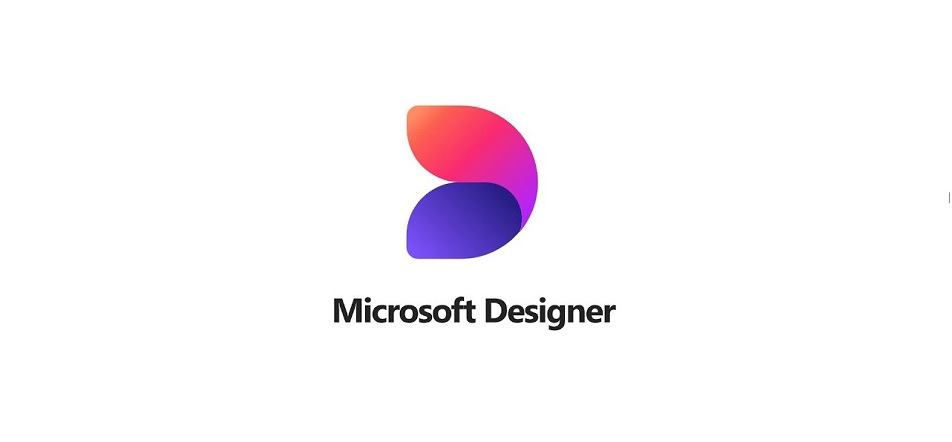
Microsoft Designer
Offers a user-friendly approach to both generating and editing images using artificial intelligence. A key feature is its ability to create images from simple text prompts, allowing users to bring their creative ideas to life without needing design skills. The platform also includes AI-powered tools for background removal, restyling images to mimic different artistic styles, and adding custom frames. Microsoft Designer’s seamless integration with other Microsoft applications like Word and PowerPoint further enhances its utility for creating visuals for documents and presentations. While the free version does have limitations on the number of AI credits users receive per month, it provides a valuable way for non-designers to quickly generate and edit visually appealing content, especially for social media and presentations. Some user feedback suggests that the design quality of AI-generated images might sometimes lean towards an “anime” style, which might not be suitable for all purposes. The credit-based system is a common method for managing resource usage in free AI tools.
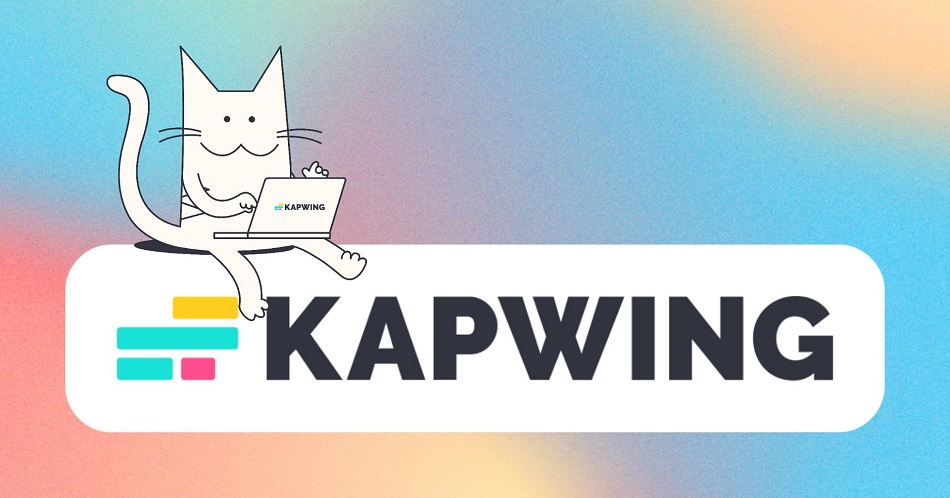
Kapwing
Focuses on simplifying video editing with the help of AI. Its free plan includes AI-powered features such as automatic subtitling, which can save significant time in making videos more accessible. Another useful AI tool is “Smart Cut,” which automatically removes silences and pauses from videos, streamlining the editing process. Kapwing also offers basic video editing tools like trimming and adding transitions, making it suitable for quick edits, particularly for social media content. The free plan does come with a watermark on exported videos and limitations on video length and the number of subtitling minutes per month. However, its ease of use and helpful AI features make it a popular choice for individuals needing basic video editing capabilities without the complexity of professional software. The real-time collaboration feature is also a significant benefit for teams working on video projects. The limitations on export quality and the presence of a watermark are typical trade-offs in free video editing software.
The availability of these free AI tools for image and video editing signifies a significant trend in democratizing visual content creation. Individuals no longer need to invest heavily in expensive software or spend countless hours on manual editing to produce visually appealing content. However, it’s important to note that free versions often come with limitations, such as watermarks, reduced features, or usage credits. While AI can automate many visual editing tasks, achieving truly unique and high-quality results, especially for professional applications, might still require human creativity and fine-tuning. User feedback frequently emphasizes the ease of use of these tools, indicating that they are designed to be accessible even to those without prior design or video editing experience.
Free AI Tools for Productivity and Task Management
Taming the Chaos: AI-Powered Tools to Streamline Your Day
Feeling overwhelmed by a never-ending list of tasks and scattered information is a common source of wasted time and reduced productivity. Fortunately, several free AI-powered tools are available to help us tame this chaos and streamline our daily routines.
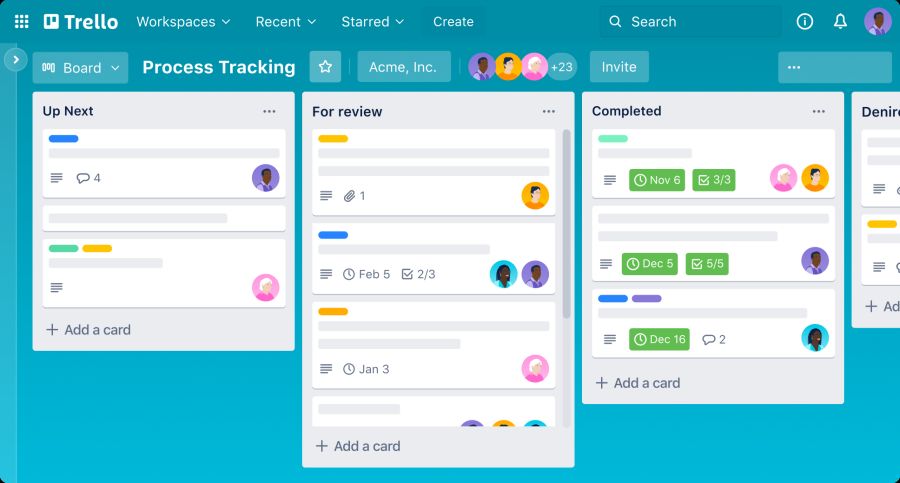
Trello
Provides a simple yet effective visual system for task management using Kanban-style boards. Its free plan allows for unlimited cards and up to 10 boards per workspace, making it ideal for organizing personal tasks, team projects, and various workflows. Users consistently praise Trello for its intuitive interface and ease of use, making it accessible to individuals with varying levels of technical expertise. The visual nature of the boards allows for a quick understanding of project progress and task status. While the free plan includes basic automation features, it might lack some of the advanced functionalities needed by larger teams or for managing highly complex projects. The enduring popularity of Trello highlights the effectiveness of visual task management in improving organization and productivity. The limitation on the number of boards in the free plan encourages users with more extensive needs to consider paid upgrades.

Notion
Offers a highly versatile all-in-one workspace that can be used for note-taking, task management, project organization, and even basic website creation, with integrated AI assistance. The free plan is quite generous for individuals, offering unlimited pages and blocks, as well as basic automation and integrations with other popular tools. Many users appreciate Notion’s flexibility and customization options, allowing them to create personalized productivity systems tailored to their specific needs. The platform can serve as a central hub for various aspects of work and personal life, reducing the need to switch between multiple applications. While Notion offers significant power and flexibility, some users report a steeper learning curve compared to simpler task management tools, and there’s a potential for spending excessive time on customization rather than focusing on actual tasks. The availability of numerous free templates helps to mitigate the initial learning challenge.
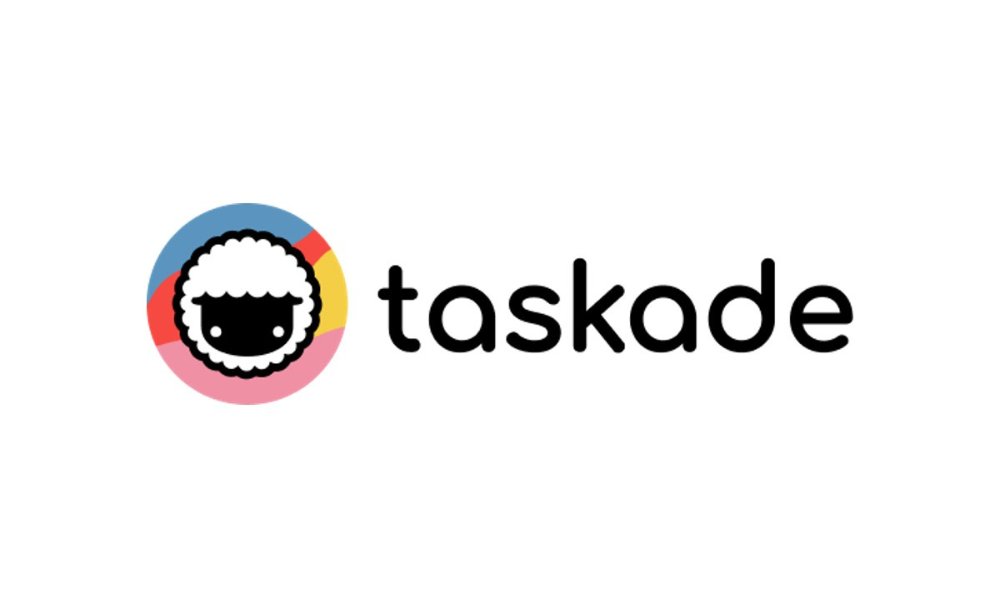
Taskade
Distinguishes itself by deeply integrating AI into its project management and collaboration platform. Its free plan provides one workspace, unlimited task lists, and access to one AI agent that can assist with various tasks, such as breaking down projects into sub-tasks and brainstorming ideas. Taskade also offers multiple project views, including lists, boards, mind maps, and calendars, catering to different user preferences. Users have praised its AI integrations as particularly useful for streamlining workflows and automating tasks. The limitation on the number of AI agents and automation flows in the free plan is a key consideration for users looking to heavily leverage these features. Taskade’s focus on AI agents aligns with the emerging trend of AI acting as personal assistants to automate repetitive tasks and provide intelligent support.
The trend of incorporating AI directly into productivity and organization tools is rapidly evolving. These features, even in free plans, offer capabilities like automated scheduling, intelligent note-taking, and task prioritization, moving beyond traditional organizational functionalities. While these AI enhancements offer significant time-saving potential, the effectiveness of these tools still relies on the user’s ability to clearly define tasks, priorities, and desired outcomes. AI acts as a powerful assistant but cannot replace strategic thinking and planning. User feedback often highlights the importance of ease of use and intuitive interfaces, suggesting that even with advanced AI capabilities, accessibility remains a crucial factor for adoption and effective time management.
How These Free Tools Tap into Emerging AI Trends
The free AI tools highlighted in this article are not operating in isolation; they are often at the forefront of key emerging trends in artificial intelligence.
Increased GenAI App Integration: Tools like Rytr, Grammarly, Pixlr, and Microsoft Designer exemplify the growing trend of integrating generative AI into everyday applications for content creation and editing. These tools allow users to generate text, images, and even basic designs from simple prompts, making content creation more accessible and efficient.
AI Adoption in the Workplace: Productivity tools such as Trello, Notion, and Taskade are actively incorporating AI to automate tasks, enhance workflows, and provide intelligent assistance, reflecting the increasing investment in AI for workplace productivity. Features like automated task scheduling, AI-powered note summarization, and intelligent task breakdown are becoming more common.
More Advanced Multimodal AI: While still in its early stages for many free tools, the trend towards multimodal AI, where systems can understand and process different types of data beyond just text, is evident. Microsoft Designer, with its ability to generate and edit images, and writing tools that analyze tone, are examples of this direction.
AI Assistants and Automation: Many of the featured tools, including Rytr, HyperWrite, Notion AI, and Taskade’s AI agents, embody the trend of AI acting as personal assistants to automate repetitive tasks, provide intelligent suggestions, and streamline workflows. These tools are designed to augment human capabilities and free up time for more strategic and creative endeavors.
Real-World Experiences and When AI Doesn’t Always Deliver
While free AI tools offer numerous benefits, it’s crucial to have realistic expectations and understand their potential limitations. User reviews and general observations highlight several areas where these tools might fall short.
Limitations of Free Plans: As previously mentioned, free plans often come with restrictions on features, usage limits (such as character counts, prompts, or credits), and less customization options. For users with more intensive needs, these limitations can become significant drawbacks.
Accuracy and “Hallucinations”: AI language models, in particular, can sometimes generate responses that sound plausible but are factually incorrect or nonsensical, a phenomenon often referred to as “hallucinations”. Users should always critically evaluate the information provided by AI and not blindly trust its output.
Over-reliance and Loss of Originality: Becoming overly dependent on AI for content creation can potentially stifle creativity and lead to generic-sounding content that lacks a personal touch. Maintaining a balance between AI assistance and original human input is essential.
Inconsistent Performance: The quality of AI-generated content or the performance of AI features can vary depending on factors such as the clarity and specificity of the prompt, the underlying AI model, and even server load at different times. Users might experience inconsistent results.
User feedback reflects some of these limitations. For instance, some users found Grammarly’s AI content creation less robust than competitors , and concerns have been raised about the potential “sterilization” of AI outputs, leading to less nuanced and more generic responses. While AI transcriptions in video editing tools like Descript can be helpful, they might not always be perfectly accurate. These real-world experiences underscore the importance of being aware of the potential downsides of free AI tools.
Making the Most of Your AI Assistants: Tips and Tricks for Effective Use
To maximize the time-saving potential of free AI tools and mitigate their limitations, consider these practical tips:
Crafting Effective Prompts: The key to getting useful results from AI language models is to provide clear, specific, and well-contextualized prompts. The more detail you provide about your desired output, the better the AI will be able to understand your needs. Experiment with different phrasing and instructions to see what yields the best results.
Combining Human Oversight with AI Assistance: View AI as a partner or assistant, not a complete replacement for human effort. Always review and edit AI-generated content critically to ensure accuracy, originality, and alignment with your specific needs and voice.
Exploring Different Tools for Different Needs: Don’t rely on a single AI tool for everything. Experiment with various free options to discover which ones work best for specific tasks. Different tools excel in different areas, so finding the right tool for the job can significantly improve efficiency.
Staying Updated on Emerging Trends: The field of AI is constantly evolving, with new tools and features being developed regularly. Keep an eye on the latest trends and advancements to discover new and improved free AI resources that can further enhance your productivity.
Ethical Considerations: Be mindful of ethical considerations when using AI tools, particularly regarding data privacy and the potential for plagiarism. Understand how the tools you use handle your data and always ensure that any AI-generated content is properly attributed and does not infringe on copyright.
By adopting a strategic and mindful approach to using free AI tools, individuals can significantly enhance their productivity and reclaim valuable time in their week while navigating the inherent limitations of these technologies.
Embrace the Power of Free AI and Reclaim Your Time
The landscape of productivity is rapidly changing, and artificial intelligence is playing an increasingly central role. The 10 free AI tools explored in this article offer a glimpse into the power of this technology to streamline various aspects of our lives, from writing and visual content creation to organization and task management. By leveraging these readily available resources, individuals can get back valuable hours in their week, freeing up time for more meaningful and enjoyable activities. While it’s important to be aware of the limitations and potential drawbacks of free AI tools, the benefits they offer in terms of efficiency and time savings are undeniable. We encourage you to explore these tools, experiment with their features, and discover how AI can become a valuable ally in your quest for a more productive and fulfilling life. The future of productivity is here, and it’s more accessible than ever before.
